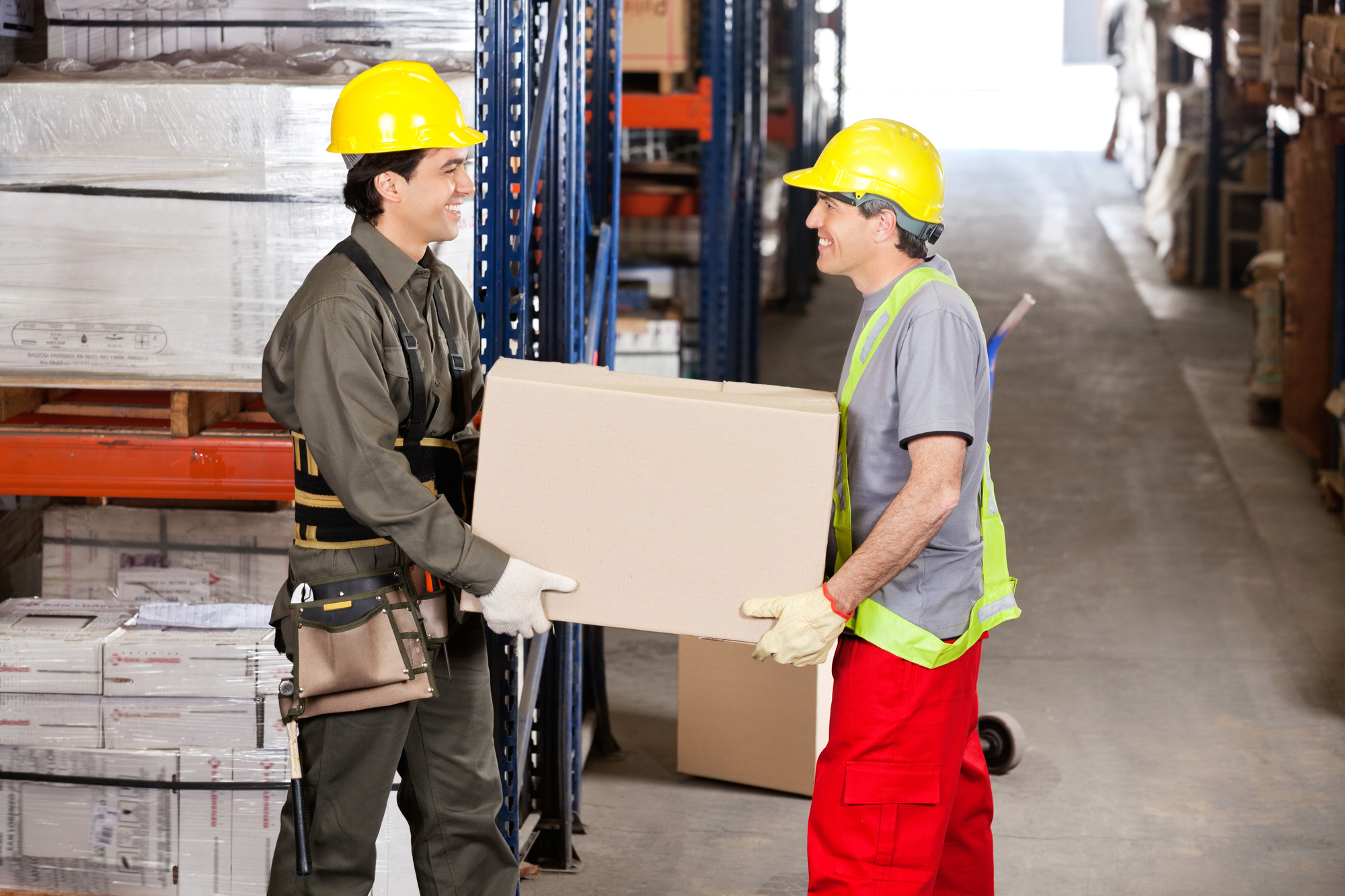Warehouse Safety Tips
Warehouses play a significant role in business operations worldwide. Over 18.6 million individuals employed in the warehouse and storage sector in the United States alone.
A concerning statistic suggests that 5.1 out of every 100 full-time warehouse employees sustained a workplace injury. This alarming data underscores the critical need for safety protocols and standards in this industry.
Warehouse safety should be the foremost concern for businesses! They should be aiming to protect their warehouse employees and preserve their assets. This requires a systematic approach and investment in high-quality warehouse safety supplies. There should also be stringent adherence to a set of well-defined safety guidelines.
Keep reading for some essential and efficient tips for ensuring a safer and more productive warehouse environment.
Warehouse Safety Training
A significant contributor to the high number of warehouse injuries is the lack of knowledge and skills among employees. Comprehensive training programs are essential! These help to familiarize all employees with their roles and the associated safety procedures.
These programs should encompass everything from:
- operating heavy-duty warehouse equipment
- handling and storing hazardous materials
- to safe navigation of the warehouse floor
Regular refresher training sessions can reinforce this knowledge and keep safety precautions at the forefront of each employee’s mind. Thus ensuring a higher level of safety adherence.
The Importance of Investing in Warehouse Safety Supplies
Warehouse safety supplies constitute a range of items that play a significant role in reducing the risk of injury. Things like helmets, safety glasses, gloves, high-visibility clothing, and steel-toe boots.
This is a list of Personal Protective Equipment (PPE) items that should ideally be included in a warehouse.
Safety Helmets
Safety helmets are essential for protection from potential impact from falling or flying objects. They can also offer protection from electrical shock hazards.
Safety Glasses or Goggles
These are crucial to safeguard eyes from dust, debris, or potential chemical splashes. Providing different types based on task specifics ensures eye safety in various working conditions.
Ear Plugs or Ear Muffs
Warehouses can be noisy environments, and long-term exposure to such noise can lead to hearing damage. Ear plugs or ear muffs serve as protective gear to prevent such harm.
High-Visibility Clothing
High-visibility vests or jackets allow for easy identification of workers. This is necessary in areas with heavy machinery or vehicle traffic to prevent accidents.
Steel-Toe Boots
Workers’ feet can be at risk from falling objects or accidental run-ins with machinery. Steel-toe boots provide necessary protection and also offer added grip to prevent slips and falls.
Safety Gloves
Different gloves, ranging from cut-resistant to heat-resistant types, can shield workers’ hands. Proper gloves help to avoid cuts, burns, and other potential injuries. These will depend on the nature of the work being done.
Dust Masks or Respirators
To protect against airborne particles or harmful chemicals, dust masks or respirators can be vital. The type required would depend on the nature of the work and the substances present in the warehouse environment.
Protective Suits or Coveralls
Tasks involving exposure to chemical spills or extreme temperatures need protective suits. They shield the body, reducing the risk of skin injuries.
Fall Protection Equipment
When work at height is required, fall protection gear like harnesses and lanyards become crucial. These items can prevent dangerous falls, ensuring the safety of workers.
Knee Pads
Work that involves a lot of kneeling can cause stress and injury to the knees. Knee pads provide cushioning and support, helping to prevent such injuries.
First Aid Kits
Although not a wearable item, first aid kits are an essential part of PPE. They allow for immediate treatment of any minor injuries, which can prevent them from becoming major health issues.
Other Safety Supplies
Barriers, safety signs, emergency exit signs, and fire extinguishers can go a long way in preventing accidents. They can assist in swift response when accidents do occur. Make sure that these supplies are current and easily accessible.
Safety supplies being in good working condition is integral to maintaining a safe warehouse environment.
Proper Maintenance of Warehouse Equipment
The condition of warehouse equipment plays a pivotal role in warehouse safety. Regular servicing and inspecting of machinery is vital. Faulty forklifts, conveyors, pallet jacks, and other warehouse equipment can cause accidents.
It’s crucial that only trained and certified employees operate these machines. The practice can reduce accidents resulting from equipment misuse and lead to a safer working environment.
The Role of a Systematic Warehouse Layout
A well-organized warehouse layout is an often-overlooked contributor to workplace safety. Ensuring clear and well-marked walkways with floor marking tape, proper stacking of goods, efficient traffic patterns, and well-illuminated work areas can all help in reducing the chances of warehouse injuries.
Areas like loading docks, pedestrian walkways, and forklift paths should be clearly demarcated. This will improve safety by reducing the risk of collisions or accidents.
The Necessity of Regular Safety Inspections
Routine safety inspections are a proactive measure to identify hazards before they cause harm.
These inspections should focus on the condition and accessibility of warehouse safety supplies. They should also assess how well safety protocols are being followed by warehouse employees. Any issues identified during an inspection should be addressed immediately! That’s how you go about promoting a safe working environment.
Building a Safety-Conscious Culture
Workplace safety extends beyond equipment and layout; it’s deeply embedded in the culture of an organization. Companies should encourage a culture where employees feel responsible and empowered to report any unsafe conditions, near misses, or accidents.
This sense of shared responsibility can significantly decrease the risk of warehouse injuries and promote a more safety-conscious environment.
In Case of Emergencies
Every warehouse should have a comprehensive emergency response plan in place. This plan should detail procedures for various emergency situations. Actions such as evacuations, handling of fire or hazardous material spills, and providing first aid.
Emergency plans should be communicated to all warehouse employees. Regular drills should be conducted to ensure everyone knows how to respond effectively in case of an emergency. Providing this level of training can significantly decrease response times during actual emergencies. The outcome? The potential saving of lives and reducing injuries.
Winning Warehouse Safety
Ensuring warehouse safety is a critical aspect of efficient business operations. Invest in top-quality warehouse safety supplies and offer training programs for warehouse employees. Maintain warehouse equipment in prime condition and foster a culture of safety.
These can significantly reduce the incidence of warehouse injuries. It is important to remember that safety is not an isolated event! It is a continuous process that requires constant vigilance and commitment.
By using these safety tips, you can cultivate a safer and more productive warehouse environment.
Did you enjoy this article? Simply type safety into the search bar and be blown away by more great content!






